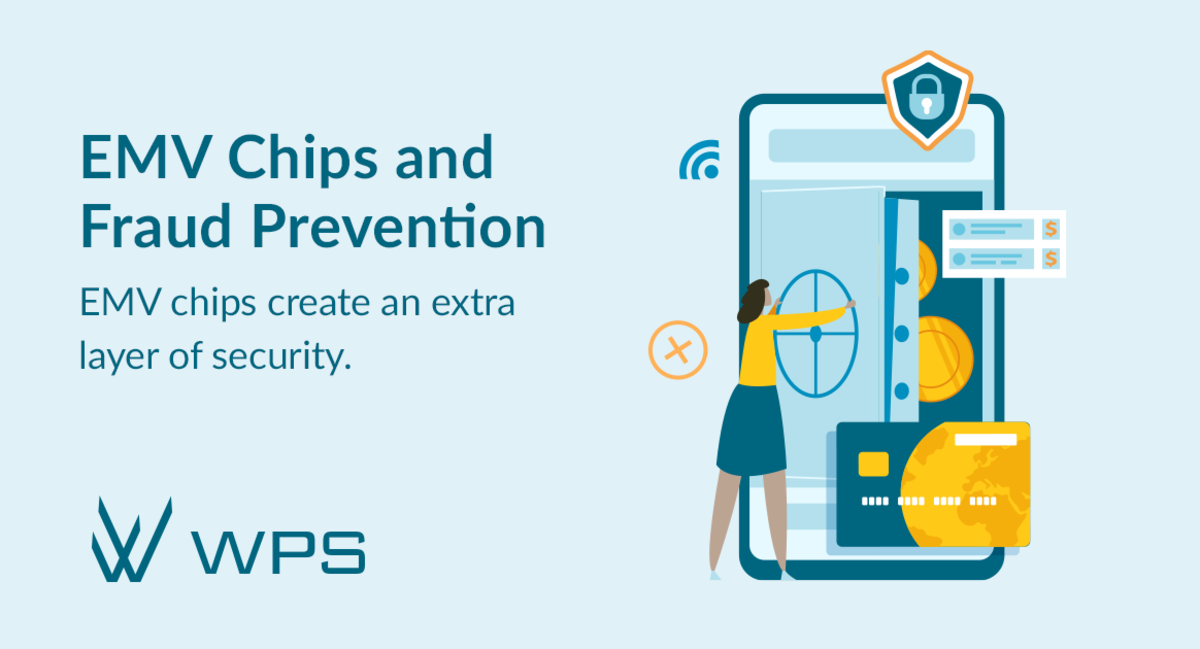Some people get frustrated that EMV (Europay Mastercard Visa) chip cards take a little longer to process. However, in our experience, a few extra seconds of your time are a small price to pay for much greater fraud prevention. EMV chip cards are actually a result of credit card companies and retailers having to work together to block fraudsters.
Read on to learn more about EMV chip cards and other criminal-blocking techniques in credit card processing.
The Fraud Liability Shift
Historically, banks and retailers have haggled over who covers the cost when a consumer is defrauded. In 2013, a study conducted by Kount reported that 40% of all financial fraud was related to credit cards. That year, the cost was a staggering $5.55 billion worldwide. A few years ago, MasterCard and Visa updated their terms of service and added a liability shift in that cost. The terms now state that whoever has the lesser technology–the bank or the retailer–is responsible for the costs if there is fraud.
As a result, banks and retailers have both leveled up on security for consumers. In one example of this, banks have issued cards with EMV chips and retailers have installed credit card processing terminals that can read the chips.
But how do EMV chip readers work, and what other strategies do banks and retailers use to catch fraudsters?
EMV Chips and How They Work
EMV chips create an extra layer of security. Unlike magnetic stripes, which can be easily copied, the metal chips create new codes each time and can only be verified by special readers. EMV chips help prevent counterfeit fraud.
Over time, the new policies from the credit card companies have made the chips and the readers ubiquitous. Their prevalence has greatly reduced in-person counterfeit fraud. For example, in a study cited on money.com, Mastercard found that this type of fraud went down 54% from April 2015 to April 2016 among businesses that have adopted the new readers. And these trends have continued since then.
Other Fraud Detectors Working Behind the Scenes
Though EMV chips have been a successful deterrent, credit card companies continue to look for even more ways to detect fraud. One area of expertise that has been developed in many ways over time is a statistical analysis of a consumer’s purchasing behaviors. This allows credit card companies to detect anomalies, sometimes even before the consumer realizes something is amiss!
While there have been difficulties with banks needing to protect a consumer’s privacy while credit card companies gather useful data, in aggregate, the methods have been highly successful.
Also, the beauty of statistical analysis–whether using Decision Trees, Genetic Algorithms, Neural Networks, or another approach–is that the consumer can continue to easily pay for their goods and services while the analysis can detect fraud quickly and early.
WPS’ Approach to Fraud Prevention
Our primary goal when we work with clients is to make credit card processing something that just hums along in the background. We don’t want our clients or their customers to be caught up in phone calls about unauthorized payments, or waiting around for reimbursements.
For that reason, we study up and take every precaution with our clients. We help them understand the risks and benefits in the different pieces of equipment that we recommend, and we always work to find cost-effective solutions.








